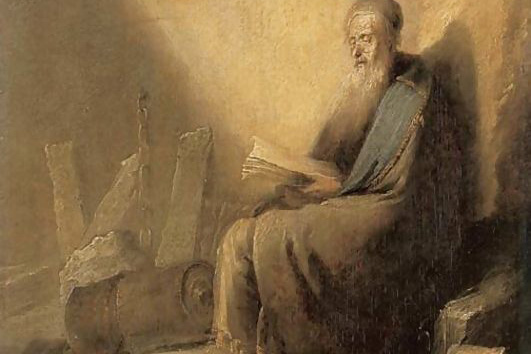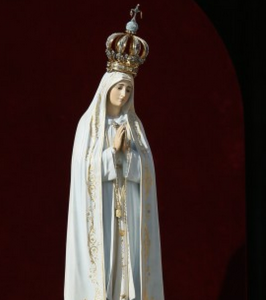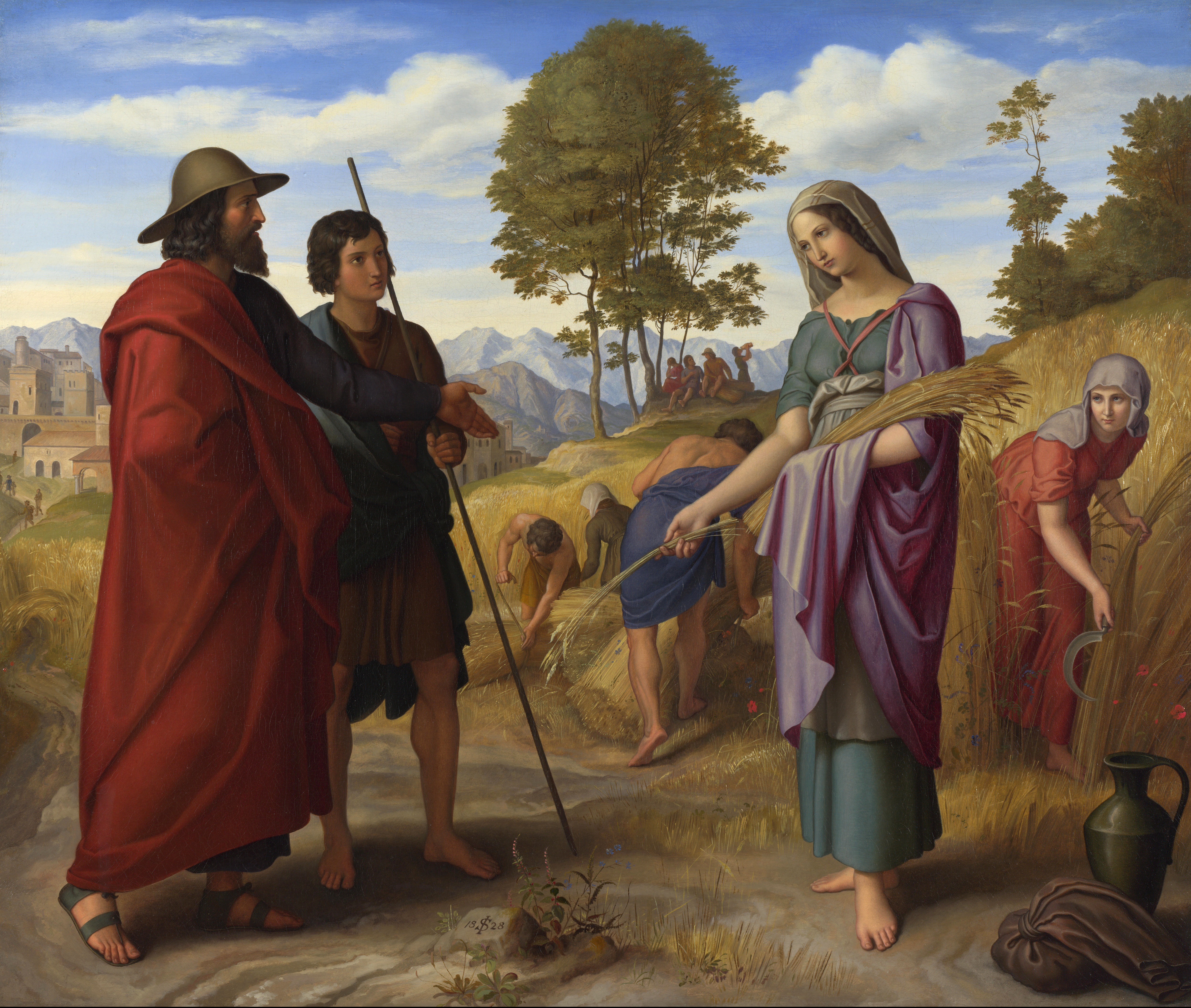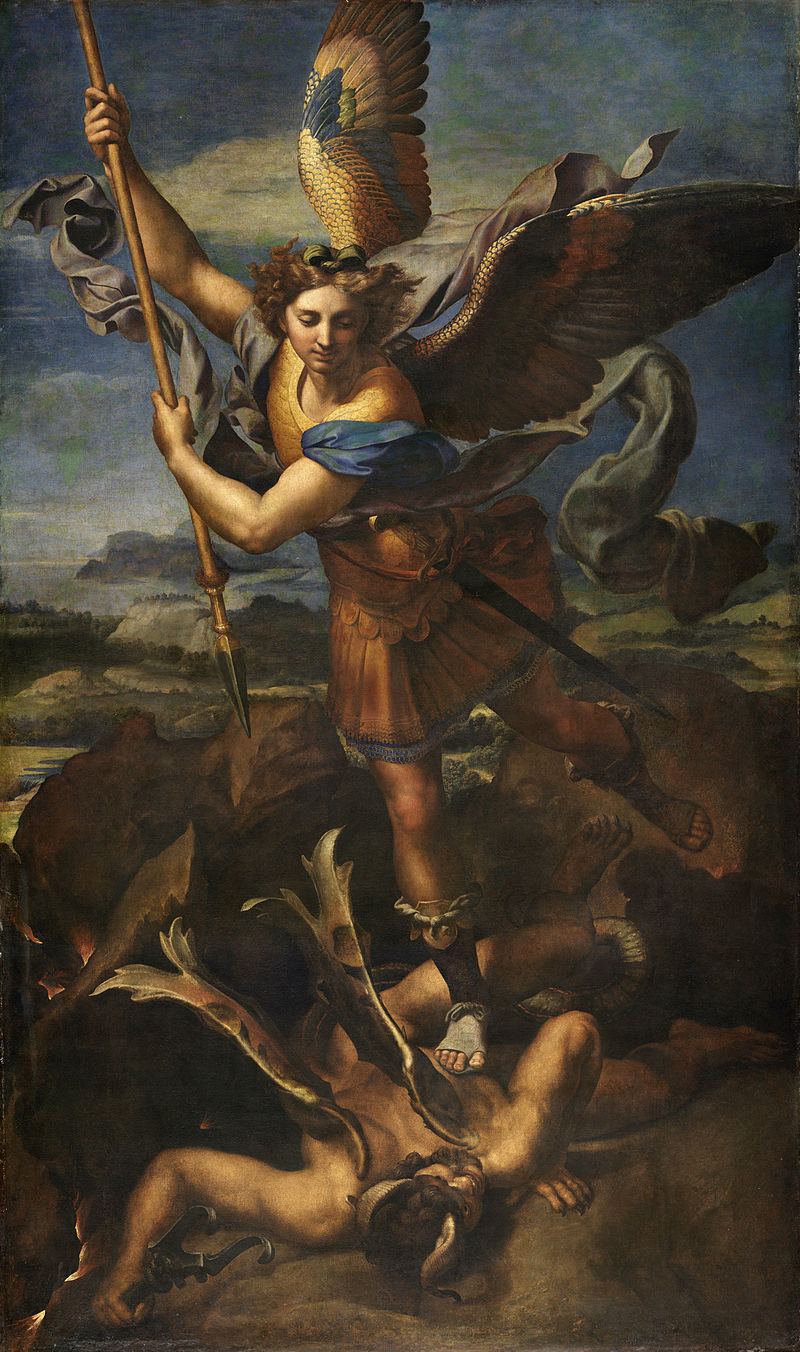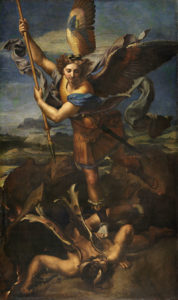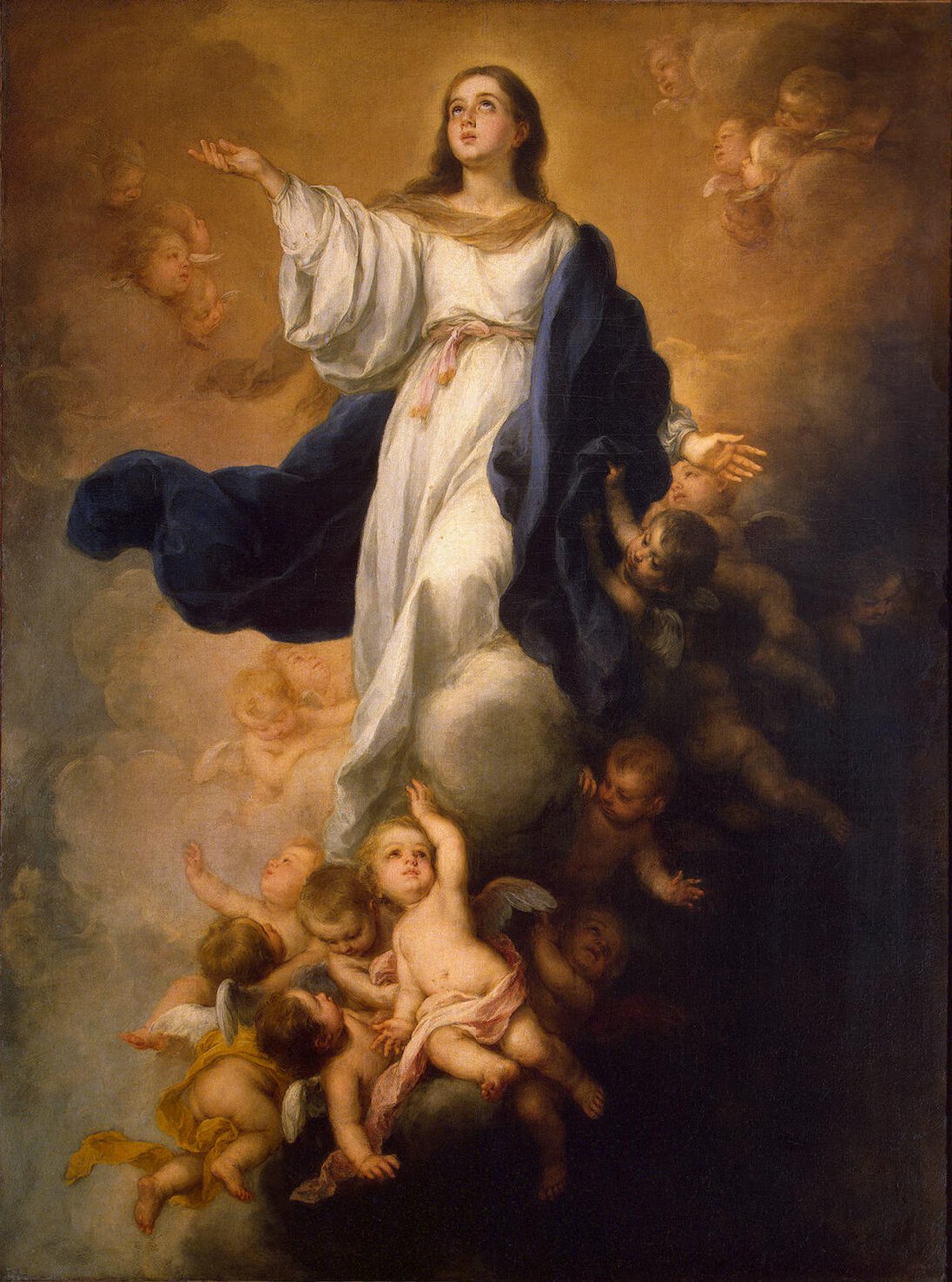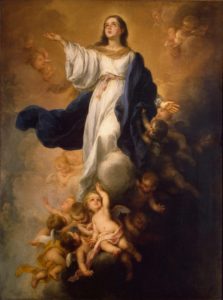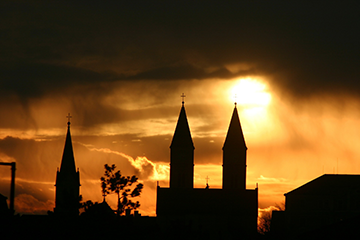In Acts, which we read in Eastertide the missionary journeys of St. Paul are set before us. Unfortunately, in important lines are cut out lectionary that describe why Sts. Paul and Silas were in jail. The whole story serves as a metaphor for the radical nature of true Christianity and explains why it so perturbs many in this world. The Christian faith, its message, and the transformation it can effect can be very unsettling to a world that literally and figuratively “banks on” sin. Let’s consider this lesser-known story of Paul and see what it ought to mean for us if we take the Christian faith seriously and do not try to “tame” it. We pick up the story just after the baptism of Lydia, when Sts. Paul and Silas encounter a possessed slave girl, whom tradition sometimes calls “Pythonissa the Soothsayer.”
Once when we were going to the place of prayer, we were met by a slave girl who had a spirit by which she predicted the future. She earned a great deal of money for her owners by fortune-telling. This girl followed Paul and the rest of us, shouting, “These men are servants of the Most High God, who are telling you the way to be saved.” She kept this up for many days. Finally Paul became so troubled that he turned around and said to the spirit, “In the name of Jesus Christ I command you to come out of her!” At that moment the spirit left her.
When the owners of the slave girl realized that their hope of making money was gone, they seized Paul and Silas and dragged them into the marketplace to face the authorities. They brought them before the magistrates and said, “These men are Jews, and are throwing our city into an uproar by advocating customs unlawful for us Romans to accept or practice.”
The crowd joined in the attack against Paul and Silas, and the magistrates ordered them to be stripped and beaten. After they had been severely flogged, they were thrown into prison, and the jailer was commanded to guard them carefully. Upon receiving such orders, he put them in the inner cell and fastened their feet in the stocks (Acts 16:16-24).
Note the heart of the problem: St. Paul, in setting the slave girl free of her demon, has deprived her “owners” of the income they were deriving from her sad state. They were banking on her sad condition and profiting from her trouble. In the name and power of Jesus Christ, St. Paul sets her free. His action draws deep anger from the “owners.” He has rocked their world and touched their pocketbooks. They see the Christian message as revolutionary, disconcerting, threatening, and deeply unsettling.
It is a threat not only to profit but to power. In having Paul arrested, they stir up the hatred and fear of others as well, indicating that Paul is not merely preaching some “strange new religion” but is advocating customs forbidden to Romans. The word “customs” here in Greek is ἐθη (ethe) and refers to “religious rites or forms of worship.” Cicero, in De Legibus ii. 8, wrote, “No person shall have any separate gods, or new ones; nor shall he privately worship any strange gods, unless they be publicly allowed.” While the Romans often overlooked the private worship of unapproved gods, they were strictly forbidden from publicly proclaiming new and unapproved deities, as this provided an occasion for dissension and controversy.
And, frankly, the charges against Paul and Silas were true enough. In the healing they brought about, they hindered profit. Further, they were openly proclaiming that Jesus was Lord. To our ears that is a religious proclamation, but to Roman ears it was a provocative and revolutionary statement. It was directly contrary to their proclamation that Caesar was Lord. Yes, Paul, Silas, Luke, and the others were shaking the ground in Philippi. While they were not advocating the overthrow of any government, they were announcing a power greater than Caesar, a higher King who demanded first loyalty: Jesus!
This is not the tame and domesticated proclamation of the faith that is so common today. This is not the faith that is trimmed to fit into worldly categories and to be tucked under political, philosophical, and moral preferences. This is the faith that shakes the world and brings a revolutionary challenge to the world’s priorities. Yes, Paul and Silas were a serious threat.
And what of us today? We have gone through a long period during which the faith could be lived quietly and generally fit quite well into the world in which we lived. Harmony and “getting along” were highly prized. Particularly here in America, Catholics wanted to reassure the general populace that our faith in no way hindered us from being full participants in the American scene and that we could fit right in and be just like everyone else. With the election of the first Catholic president back in 1960, we could say that we had finally made it and had been fully accepted. Finally we fit in.
Of course the culture was not in such disrepair in those days and there was a fairly wide moral consensus rooted in the Judeo-Christian vision. Now that we have finally “made it,” the fire of our distinctively Catholic culture seems to have faded away. At the same time, Western culture has also largely died. (Is it a coincidence?)
In recent years, so-called Catholic universities and other institutions have been caving in to pressure. They are affording marriage benefits to same-sex bedfellows and succumbing to the HHS mandates to provide contraceptives and abortifacients. This is sad, pathetic, wrong, and cowardly—hardly the revolutionary faith that got Paul arrested.
And now we are coming full circle. We must rediscover how revolutionary our Catholic faith truly is to this world gone mad. And as we proclaim healing and profess an allegiance to something other than this world, we will become increasingly repugnant to the world around us.
Let’s consider more thoroughly the two offenses for which Paul and Silas were beaten and imprisoned:
1. They ate into profits. Paul drove a terrible demon out of a slave girl, a demon that afflicted her but profited her “owners.” In this world today there is a lot of trafficking in sin and addiction. Terrible demons afflict many people in the areas of sexuality, drugs, and alcohol. But there’s a lot of money to be made. Sex sells. Hollywood movie producers, pornographers, purveyors of contraceptives, pimps, escort services, abortionists, and even traffickers in the sex-slave industry feed at the trough. Drugs and alcohol are big money-makers as well. Huge numbers of products are sold using the demon of fear that says things like, “You’re not pretty enough,” “You’re not healthy enough,” “You’re getting old,” “You don’t drive the right car,” “You haven’t impressed your friends enough,” “You need to buy our product right away so you’re not so pathetic.” And thus the demon of fear and low self-esteem is exploited along with the demon of greed.
But what would happen if the Church were to start preaching unabridged Christianity effectively? You don’t need to be afraid of your health, your age, or what people think of you. You can find serenity in Christ so that you won’t need all that extra alcohol and those drugs. You can be set free from your enslavement to sex. You can take authority over your passions and discover the beauty of traditional marriage. What if we got back in the business of driving out demons?
Of course the answer is that we, like Paul, would be (and are) under attack. We are especially hated by the sex industry and the abortionists since those are hot-button issues these days. To them we are public enemy number one. We threaten the vision, the addiction, and the despair that fills their coffers. If we are too successful (and for now our successes are meager) their profits may go away. Yes, we must be dealt with.
But we will only be effective if we preach the unabridged faith, not the faith that is tailored and tucked under worldly priorities, not the faith that insists on being “realistic,” not the faith that makes endless apologies to the inevitable objections of the world no matter how much we water things down. The true faith is revolutionary in the freedom it offers from sin and demons.
Paul and Silas didn’t end up in prison by preaching a watered-down, tamed moral vision. They unabashedly drove out a demon that was afflicting a girl and in so doing they engaged in a revolutionary threat to a world that profits from sin.
2. They threatened power. Calling Jesus, “Lord,” was a revolutionary threat to incumbent power, which demands full loyalty. And thus today, many strive to make Catholics fit into neat little political categories. Both Republicans and Democrats want the Church to fit into their narrow little categories and to march in lockstep with their party platform. Even many Catholics want the Church to conform. Many Catholics in fact are more loyal to their party than to the Church and are more passionate about their political views than their faith. If there is a conflict between a Church teaching and the party line, guess which one usually gives way!
But in the end, the Church will not fit into some neat and tidy political category. The true faith is too revolutionary to fit into some worldly box.
And thus there is a lot of hatred and anger directed at the Church. Republicans say we’re too liberal; Democrats say we’re too conservative. More and more we are being kicked to the curb; our very right to religious liberty is being threatened. Religious exemptions to increasingly pernicious laws are slowly being removed and the number of lawsuits against Catholic institutions is increasing. And it will surely get worse as secular systems demand increasing loyalty. The Church must refuse that loyalty.
Jesus is Lord; the government is not. Jesus is not Republican or Democrat, conservative or liberal. He is God, and the faith He announces cannot be watered down or compromised to fit into a friendship with the world.
Tame, domesticated Christianity will not threaten or change this world. When Paul preached, the people rioted. Modern preaching too often incites only yawns and indifference.
What should we learn from St. Paul’s arrest at Philippi? That the true faith is revolutionary and hits the world right where it hurts: in the profit and power centers. As the world becomes increasingly secular, the revolutionary aspect of the faith will become more evident.
Are you ready?

